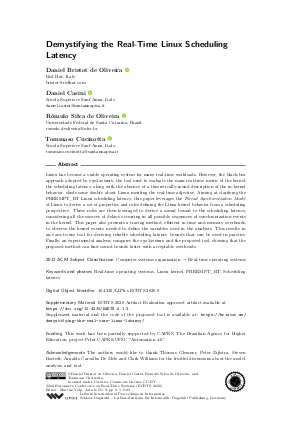LIPIcs.ECRTS.2020.9.pdf
- Filesize: 1.33 MB
- 23 pages

 Creative Commons Attribution 3.0 Unported license
Creative Commons Attribution 3.0 Unported license
















Feedback for Dagstuhl Publishing